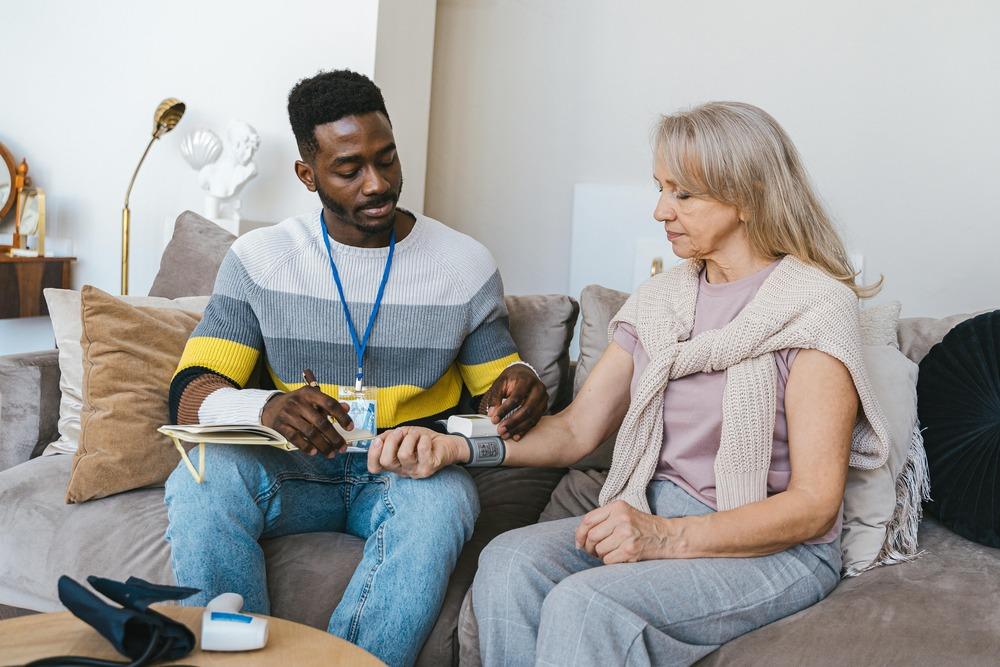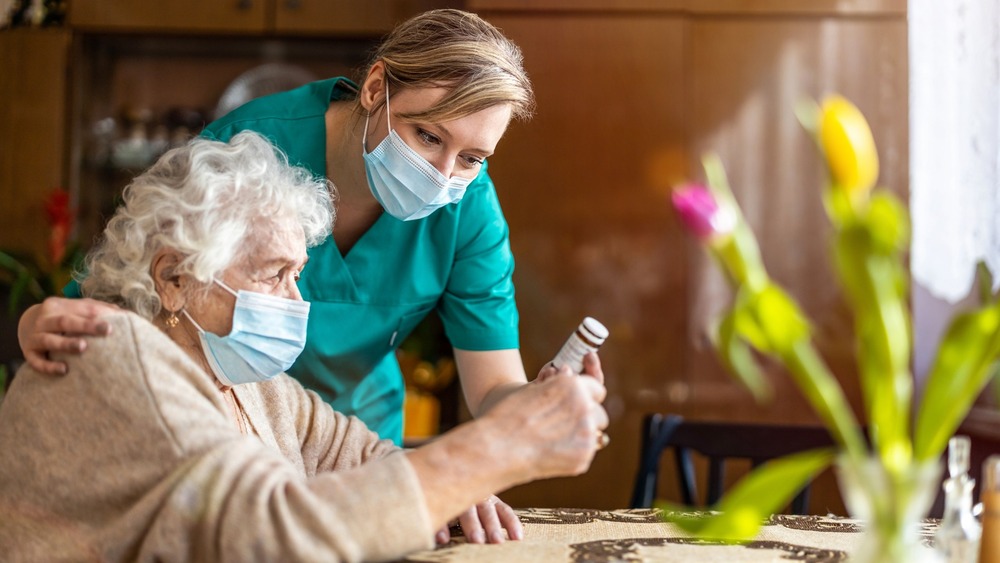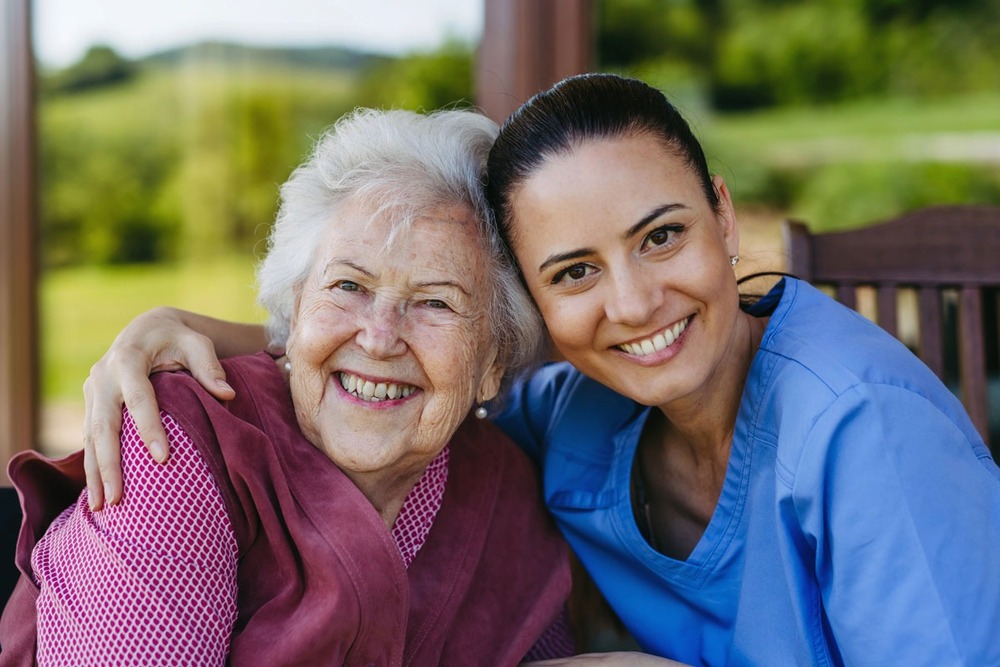Pain management is a critical aspect of healthcare, especially for individuals receiving care at home. Home Health Aides (HHAs) play a vital role in helping patients manage their pain effectively without relying solely on medications. This blog explores various non-medication approaches that HHAs utilize, supported by statistics and practical strategies.

Understanding Pain Management
Pain can significantly impact a person's quality of life. According to the American Pain Society, approximately 50 million adults in the United States experience chronic pain, which can lead to emotional distress and decreased functionality. HHAs are often on the front lines, providing essential support to these individuals.
Non-Medication Approaches to Pain Management
HHAs employ a variety of non-medication strategies to help manage pain. Here are some of the most effective methods:
-
Physical Therapy and Exercise: Engaging in regular physical activity can help alleviate pain. A study published in the Journal of Pain Research found that 70% of participants reported reduced pain levels after a structured exercise program.
-
Heat and Cold Therapy: Applying heat or cold to painful areas can provide immediate relief. Research indicates that 60% of patients found heat therapy effective for muscle pain, while 50% preferred cold therapy for inflammation.
-
Mindfulness and Relaxation Techniques: Techniques such as meditation, deep breathing, and guided imagery can help reduce pain perception. A survey by the National Center for Complementary and Integrative Health revealed that 40% of respondents who practiced mindfulness reported lower pain levels.
-
Massage Therapy: Regular massage can help reduce muscle tension and improve circulation. According to a study by the American Massage Therapy Association, 80% of participants experienced significant pain relief after a series of massages.
-
Diet and Nutrition: Certain foods can have anti-inflammatory properties. Incorporating omega-3 fatty acids, turmeric, and antioxidants into the diet can help manage pain. A report from the Harvard Health Blog suggests that a balanced diet can reduce chronic pain by up to 30%.
Statistics on Pain Management Approaches
To better understand the effectiveness of these non-medication approaches, let's take a look at the following table summarizing various methods and their reported effectiveness:
| Pain Management Approach | Effectiveness (%) | Commonly Used by HHAs |
|---|---|---|
| Physical Therapy | 70% | Yes |
| Heat Therapy | 60% | Yes |
| Cold Therapy | 50% | Yes |
| Mindfulness Techniques | 40% | Yes |
| Massage Therapy | 80% | Yes |
| Dietary Changes | 30% | Yes |
The Role of HHAs in Pain Management
Home Health Aides are trained to recognize pain and its impact on their patients. They often collaborate with healthcare professionals to create personalized pain management plans. This collaboration is crucial, as it ensures that the approaches used are tailored to the individual needs of each patient.
HHAs also play a significant role in educating patients and their families about pain management techniques. By providing resources and support, they empower patients to take an active role in their pain management journey. For more information on how HHAs can assist in pain management, you can visit Home Health Care News.
Challenges in Pain Management
Despite the effectiveness of non-medication approaches, challenges remain. Many patients may be skeptical about these methods or may not have access to the necessary resources. Additionally, cultural beliefs and personal preferences can influence the acceptance of alternative pain management strategies.
Conclusion
Pain management at home is a multifaceted process that requires a comprehensive approach. Home Health Aides are instrumental in implementing non-medication strategies that can significantly improve the quality of life for patients experiencing pain. By utilizing techniques such as physical therapy, mindfulness, and dietary changes, HHAs can help patients manage their pain effectively and enhance their overall well-being.
As we continue to explore innovative ways to manage pain, it is essential to recognize the value of these non-medication approaches. For more insights into pain management strategies, consider checking out Mayo Clinic's Pain Management Resources.
Additional Resources
For those interested in learning more about pain management techniques, here are some additional resources:
- American Chronic Pain Association
- National Institute of Health Pain Management
- Pain Management Resources from the CDC
By embracing these non-medication approaches, we can create a more holistic and effective pain management strategy that benefits patients and enhances their quality of life. 🌟




